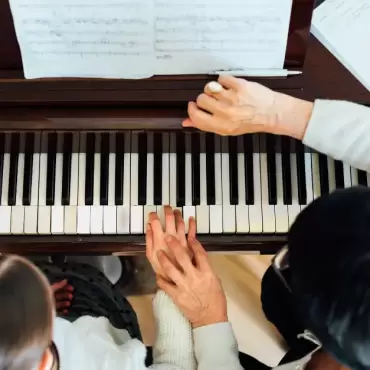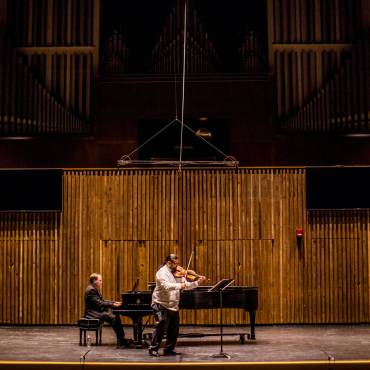Imagine it’s the opening night of an orchestral performance. The audience shuffles into their seats, and the atmosphere is filled with anticipation. Some may wonder what is happening backstage. Perhaps one of the violinists just received great news, or the principal flautist experienced a sudden sorrow. Whatever seemingly invisible turmoil may occur does not deter any orchestra member from walking onto the stage, whether friend or foe and making wonderful music together. Many genres of music exist, including folk, rock, pop, hip-hop, indie, blues, afro-jazz, and electronic music.
While most orchestras are skilled in playing Western Art Music, many modern orchestras adapt their repertoire to include more contemporary music. Traditionally, most classical orchestras include musical instruments of European descent. However, many have adapted their structure to accommodate more traditional or innovative instruments. An orchestra is essentially a group of music-makers who transform the dots and lines on their sheet music into a profound experience. Any orchestra member can recall a memorable performance they participated in, whether it be a famous or distinguished performance or simply playing music by their favourite composer.
Any concertgoer would likely also have something to say. Perhaps they are the critic who has taken note of every mistake in their mind’s labyrinth or the admirer in awe of every crescendo and diminuendo that captivated them throughout the performance. Any fledgling orchestra needs a few basic members: a conductor, orchestral players, and a few behind-the-scenes coordinators.
Afterwards, music must be sourced, and a rehearsal venue must be secured. Easy, right? There is actually much more to an orchestra, including those aspects that are not entirely visible. Orchestras build teams and fellowship. They share a collective goal, which is to create high-quality music. Being involved in an orchestra in any capacity can be an enlightening experience. Learning how to play a musical instrument is a brilliant way to acquire core skills, such as discipline, physical coordination, self-confidence, and creative thinking. Now, imagine bringing some of these instrumentalists together and encouraging a collaborative effort to make music.
What is the potential of such an endeavour? While the potential outcome can be wonderful, the amount of hard work and effort needed to create such an entity is incredibly significant. While management ensures the smooth running of the orchestra, the orchestra members must put in the work by doing the one thing that every musician should do every day: practice! Once they feel the unity of coming together with fellow musicians, their motivation to practice will surely increase. An orchestra should be a vessel for personal and musical growth. Youth orchestras, in particular, have the capacity to transform the lives of their members. Friendships forged, memories made, and skills acquired all shape the identity of the young orchestra member.
Everybody starts somewhere, and there is no better place to master an instrument than in an ensemble setting.
Dedicated practice and enjoyment of the instrument will surely lead to a long journey of musical success for any musician!



